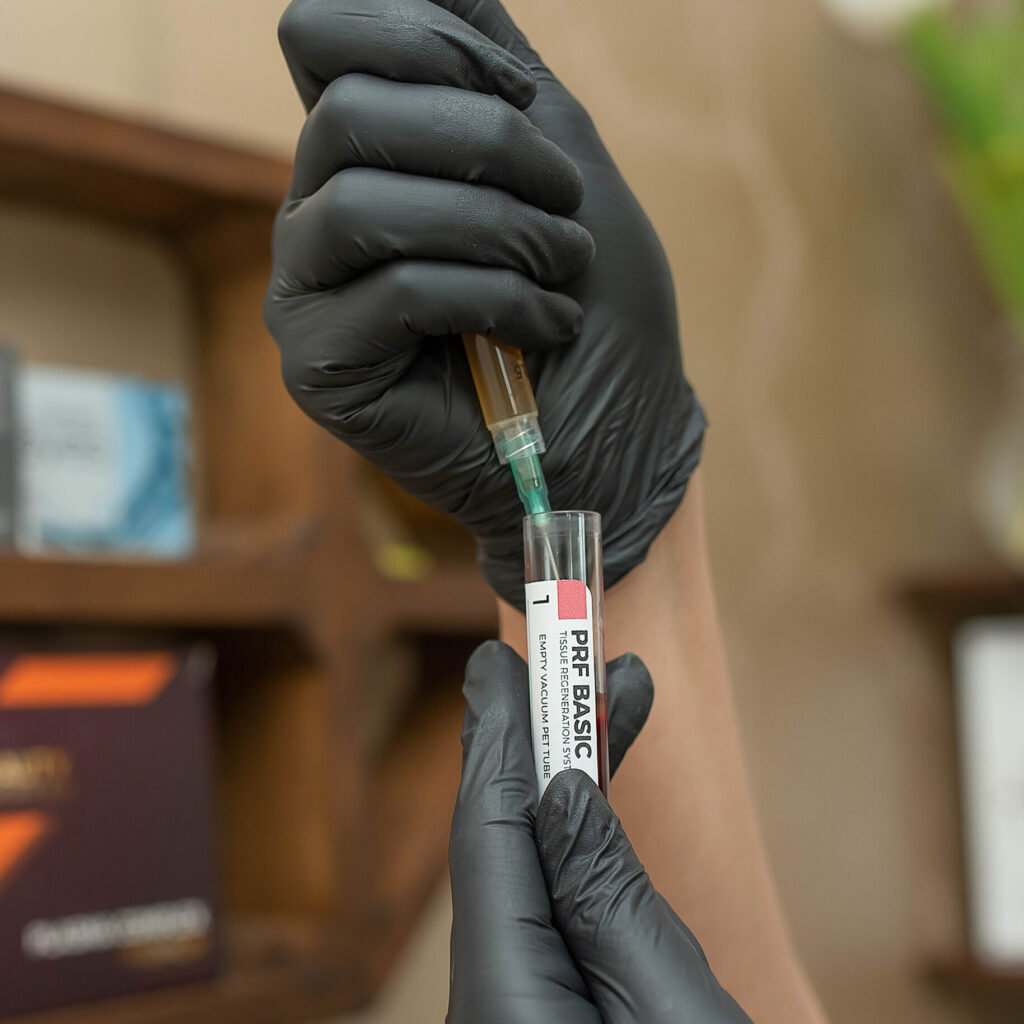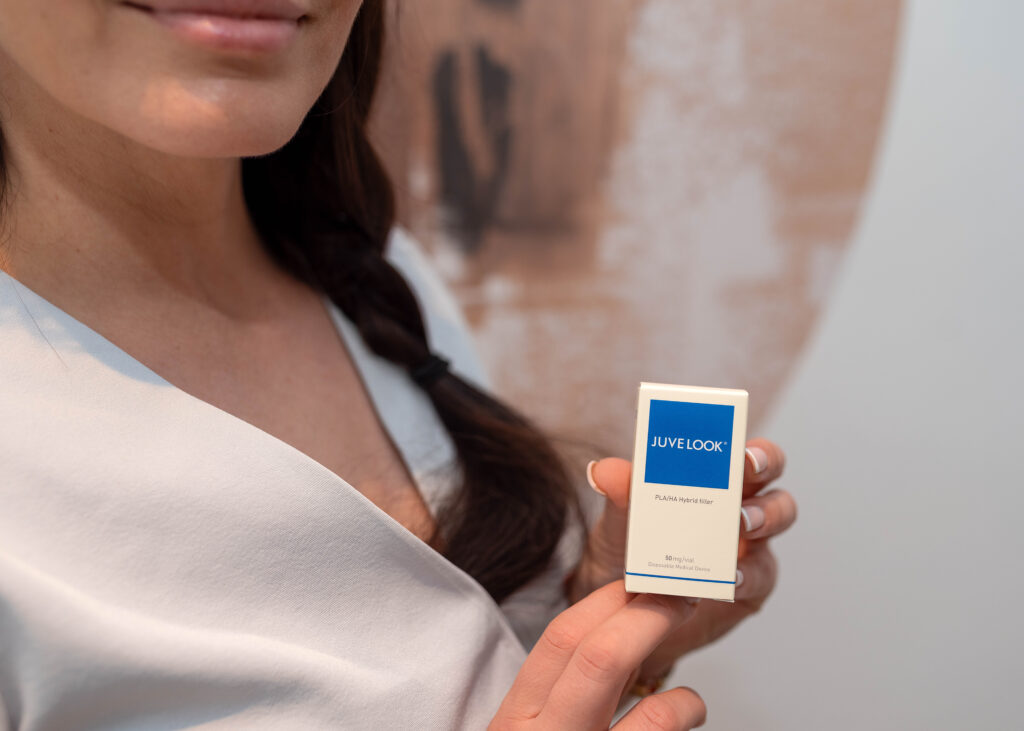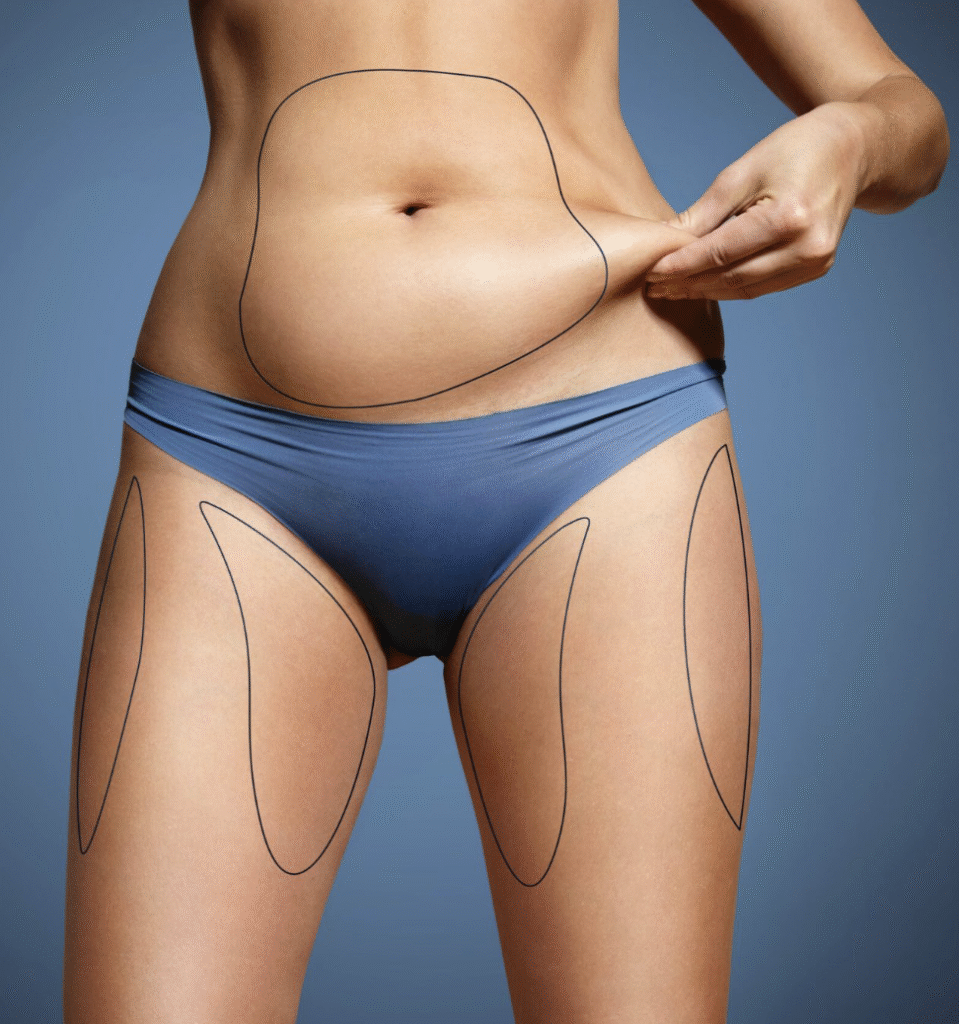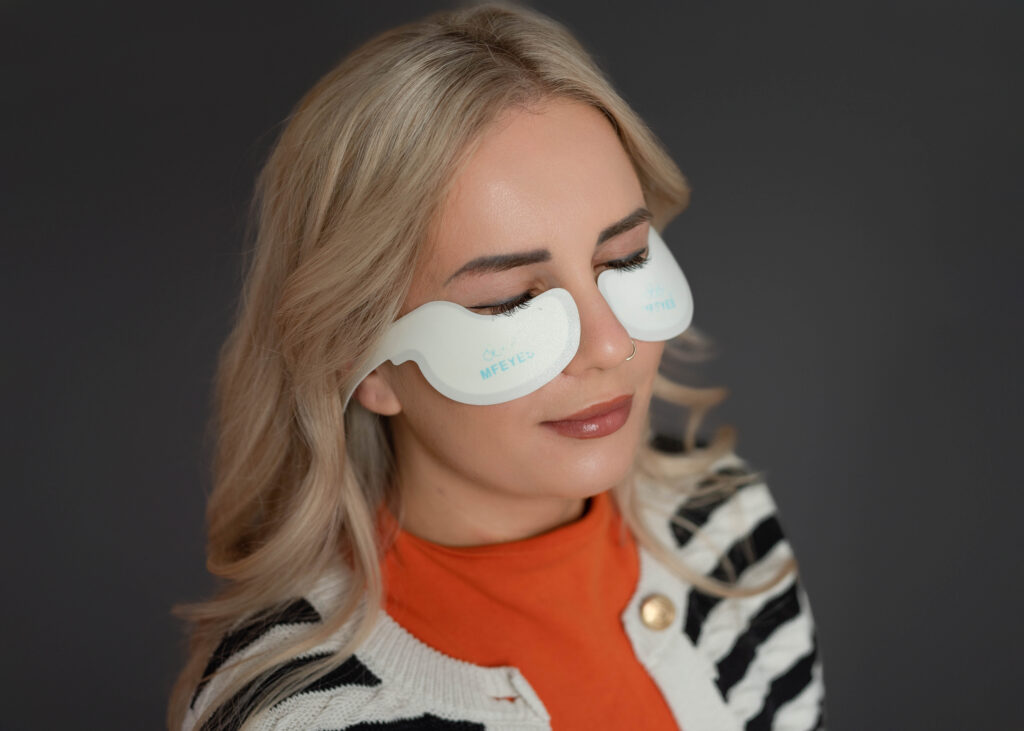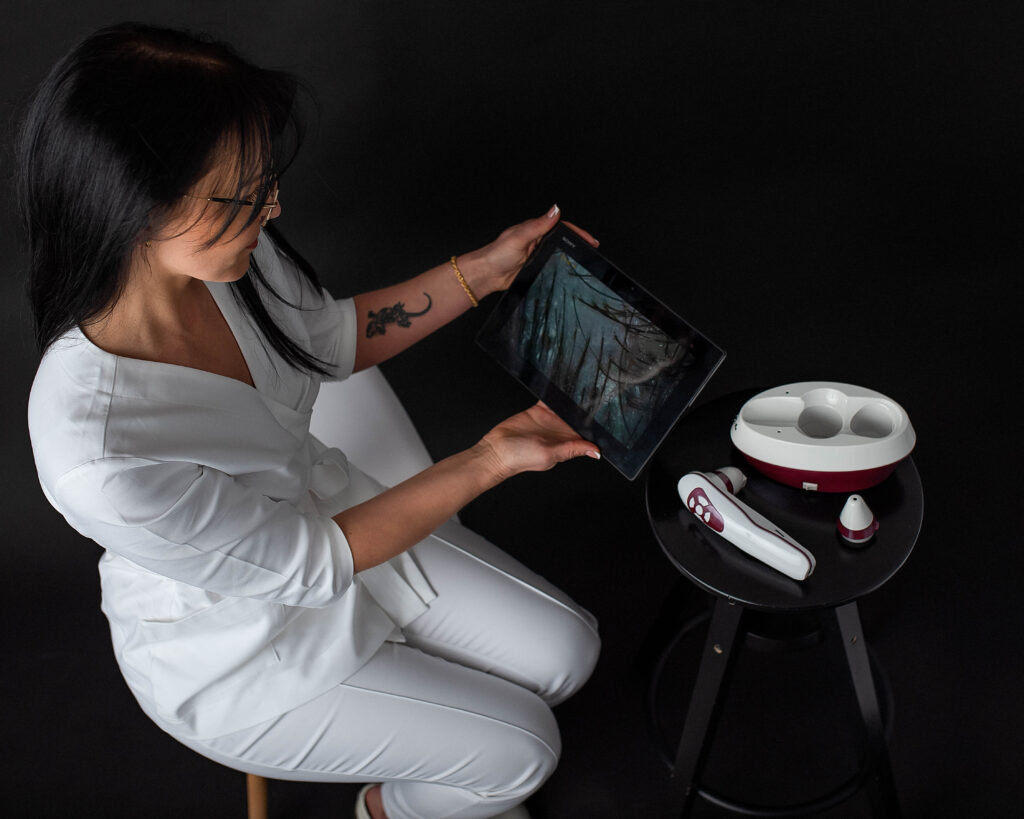„Procedures with Plasma,” also known as „Plasma Procedures,” involve the utilization of platelet-rich plasma (PRP/PRF) derived from a patient’s own blood to stimulate tissue regeneration and facilitate the body’s natural healing processes. These procedures have diverse medical and aesthetic applications and are valued for their ability to enhance tissue health and vitality.
Here is a more detailed description of these procedures:
🩸 Blood Collection: The process begins with a blood draw from the patient, typically from the arm. This blood sample is then processed in a centrifuge to separate the various components, including red blood cells, white blood cells, and plasma.
🩸 Isolation of PRP: The plasma component, rich in platelets, is isolated and concentrated to create PRP. Platelets contain growth factors and other bioactive substances that play a crucial role in tissue repair and regeneration.
🩸 Application: Depending on the specific medical or cosmetic goal, the PRP is applied or injected into the targeted area of the body.
Common applications include:
💉 Facial Rejuvenation: PRP can be injected into the face to stimulate collagen production, improve skin texture, and reduce the appearance of fine lines and wrinkles.
💉 Hair Restoration: PRP is often used to encourage hair growth in individuals experiencing hair loss or thinning. It can be injected into the scalp or applied topically.
💉 Joint Therapy: PRP injections can be administered into joints to reduce pain and promote healing in conditions like osteoarthritis or sports injuries.
💉 Wound Healing: PRP may be applied to chronic or non-healing wounds to accelerate the healing process.
💉 Results: The PRP stimulates natural tissue regeneration over time. Patients may experience improvements in skin texture, hair growth, pain reduction, or wound healing, depending on the procedure’s purpose.
One of the key advantages of Plasma Procedures is that they use the patient’s own biological material, minimizing the risk of allergic reactions or adverse effects. However, the effectiveness of these procedures can vary depending on individual factors and the specific condition being treated. Patients should consult with a healthcare provider to determine if Plasma Procedures are suitable for their needs and goals.


